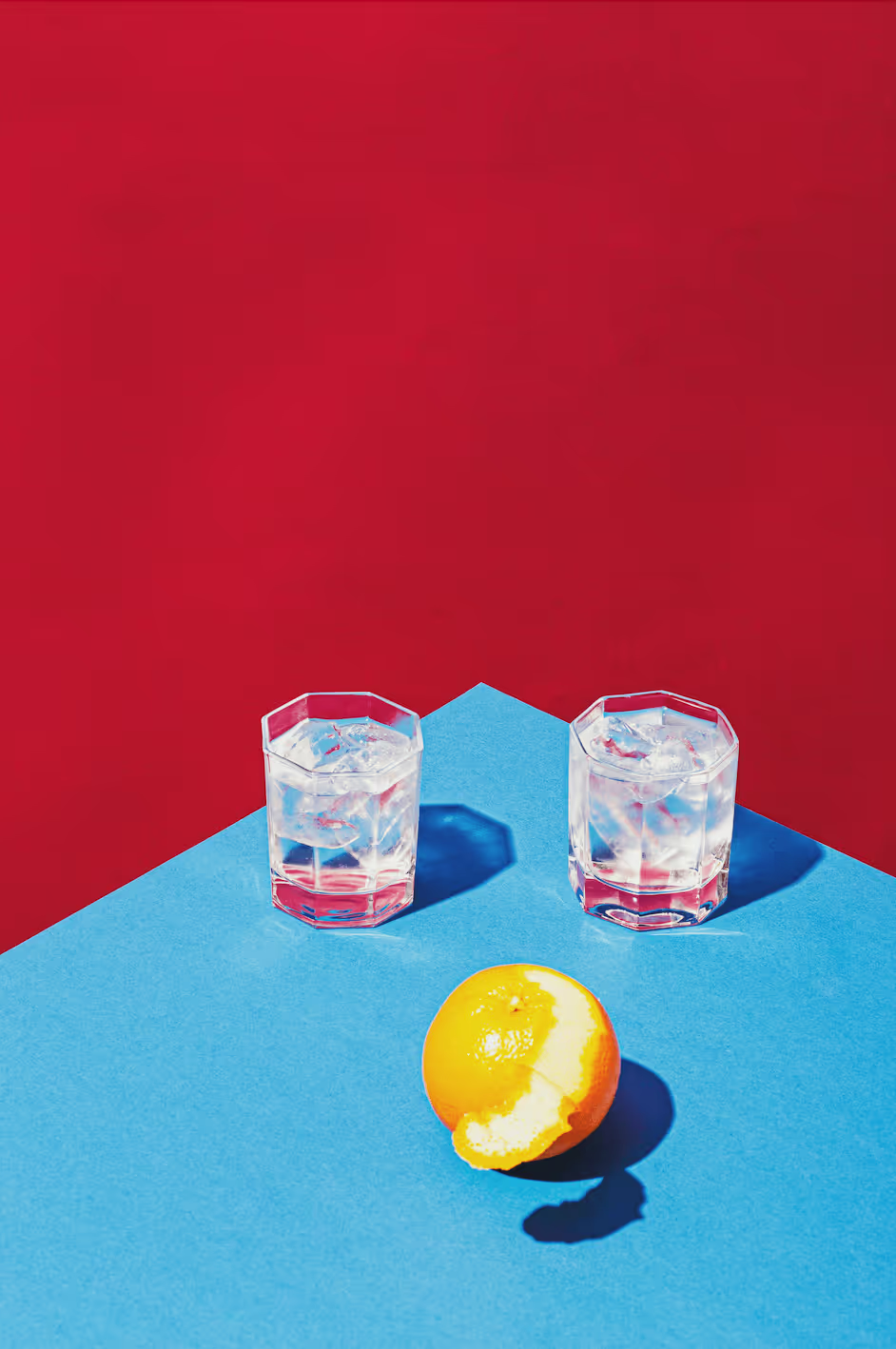
Menu

This article was originally published to WARC.
Every nation has its own unique drinking culture – a culture embedded in rituals, social occasions, rites of passage and national celebrations. Every country has a word for “cheers”.
Both globally and locally, however, drinking behaviour is changing, especially regarding alcohol content. Cultural movements such as self-betterment and changing social patterns, plus cost-of-living pressures, have forced the drinks business to be one of the most innovative in the FMCG sector.
Drinking is a culturally based, learned behaviour. It is ever-changing, influenced by cultural movements such as wellness, changing social patterns and social factors (cost of living pressures, changing demographics and lives lived increasingly online). It's embedded in our social norms, rituals and traditions. In turn, these shape how, where and what we drink, as well as what we like. We know how wine should taste and we also know what time and where it's acceptable to drink it and when it's not. It's not just the drink itself either; what you drink says a lot about you. It's a signifier of cultural taste.
In Australia, our knowledge about alcohol, including its flavours and rituals, is acquired through exposure to uniquely Australian cultural practices and societal expectations. Drinking simultaneously shapes Australian identity and is shaped by it. A recent study, for instance, found that Australians are drinking more non-alcoholic drinks and drinking less beer. It's a cultural shift influenced by a growing population of migrants from India, China, other parts of Asia and the Middle East.
The beverages we choose to drink signify our cultural and social affiliations. It’s a symbiotic relationship between the drink and the drinker, our individual preferences versus changing cultural and social signifiers of what we drink and that, in turn, shapes our identity.
For brands, the secret to creating innovative drink options lies in knowing people. Specifically, knowing how to signal social norms, align with identity codes and connect cultural trends, and doing this in a way that creates interest and reframes existing drink options. This might mean tapping into everyday social interactions, changing identities or influences on mood. It could also mean creating excitement through experimentation.
Over the last few years, we’ve seen innovative brands exemplify this deeper understanding of their audiences and the forces that shape their relationship with drinking. When Lion replaced their iconic “XXXX” logo on the Queensland State of Origin jerseys with regional postcodes from the state, they did it to signal that they know Queenslanders. Their ongoing “give an XXXX” brand campaign recognises their core audience, demonstrating a deep understanding of the unique perspective of Queenslanders’ approach to “the good life”.
In response to the changing nature of cultural trends, such as the influence of social media, we’re also seeing interesting new products entering the market. When it launched two years ago, Australian beer brand Better Beer generated A$10 million in sales in just six months. Now it's looking to raise A$20 million in funding to accelerate its growth. One of the reasons for this accelerated growth was the online presence of “the inspired unemployed” – influencer comedians and shareholders in the brand.
Our changing expectations around the role of products about our values have similarly inspired new forms of distribution. Irish whiskey brand Two Stacks has launched “Dram in a Can”, the world’s first Irish whiskey in a can, to cut carbon emissions in their supply chain and appeal to the trends in sustainability.
The rise of wellness and dry venues has also influenced the rise in no and low-alcohol (Nolo) drinks. The Malinauskas Labor government has made a world-first investment in this trend, investing A$1.98 million in a Nolo wine-making facility. The hope is to tap into Aussie's 5% global market share of Nolo wine.
Fashion's influence on trends and identity shaping is another force that continues to inspire new design approaches. Campari has been the apéritif of choice at the Sydney Biennale for the past three years. This year, the brand launched a new Campari Milano bottle at the Biennale's “Ten Thousand Suns” art exhibition, a move that signals a deep connection to Sydney's arts scene.
For drink brands, the lesson is simple. Disruption to the sector is and will continue to be shaped by culture, social norms and how we build identity. The next product innovation won't likely come out of a garage but from a business that understands the interconnected nature of drinking culture and identity – another reason why brands need to know people and know them well.